The world of digital art has witnessed countless stylistic revolutions, but few have endured with the quiet persistence of low-polygon aesthetics. What began as a technical necessity in early 3D modeling has blossomed into a distinct visual language, one that continues to evolve in fascinating ways. Contemporary artists and designers are pushing low-poly art beyond its gaming origins, exploring its potential in advertising, architecture, and even fine art.
At its core, low-poly art celebrates geometric reduction. The deliberate use of angular polygons creates a striking tension between simplicity and complexity. Modern practitioners have elevated this tension into an artistic philosophy. Where early low-poly work often appeared crude due to hardware limitations, today's artists employ calculated minimalism. Each facet becomes a conscious decision rather than a technical compromise, transforming digital models into something approaching cubist sculptures.
The advertising industry has particularly embraced this evolution. Major brands now commission low-poly visuals for campaigns targeting tech-savvy millennials. There's an inherent modernity to the style that suggests innovation while maintaining approachability. Automotive companies frequently use low-poly renders in their digital showrooms, allowing customers to interact with simplified yet distinctive vehicle representations. These models load quickly on mobile devices while still conveying essential design elements.
Architectural visualization has undergone its own low-poly renaissance. Forward-thinking firms are moving away from hyper-realistic renders in favor of stylized presentations. The geometric abstraction helps clients focus on spatial relationships and conceptual strengths rather than getting distracted by surface details. This approach has proven especially effective for urban planning projects, where simplified building masses communicate density and flow more clearly than photorealistic alternatives.
Fine artists are incorporating low-poly techniques into mixed-media installations with remarkable results. By combining physical materials with digital projections, they create hybrid works that play with perception. Some construct actual polyhedral sculptures that interact with projected light patterns, while others translate classical subjects into angular digital paintings. The juxtaposition of ancient artistic traditions with contemporary digital aesthetics produces unexpectedly poignant commentary on our technological moment.
Technological advancements have paradoxically fueled this low-poly revival. With modern software capable of producing near-perfect realism, the choice to work with obvious polygons becomes a bold stylistic statement. New tools allow precise control over every edge and vertex, enabling artists to develop signature variations on the low-poly theme. Some emphasize hard edges and sharp shadows, while others create softer, more organic interpretations through subtle mesh deformations.
The gaming industry, where low-poly art originated, continues to innovate within the style. Independent developers in particular have embraced its nostalgic appeal while pushing technical boundaries. Modern lighting techniques applied to simple geometry can produce breathtaking atmospheres that more detailed models might struggle to achieve. This demonstrates an important truth about contemporary low-poly work: it's not about technical limitations, but about disciplined artistic choices.
Looking forward, the trajectory of low-poly art seems assured. Its adaptability across mediums and contexts suggests enduring relevance in our increasingly digital visual culture. As augmented reality and virtual reality platforms mature, the efficiency and clarity of polygonal designs may prove ideally suited to these new environments. The style's inherent flexibility allows it to bridge the physical and digital worlds in ways that more literal representations cannot.
What makes the modern interpretation of low-poly art particularly compelling is its democratic nature. The tools required are widely accessible, yet the creative possibilities remain virtually limitless. From mobile apps to museum installations, this once-humble aesthetic continues to find new expressions and audiences. Its evolution reflects broader shifts in how we create and consume visual information in the digital age.

By /Jul 29, 2025

By /Jul 29, 2025

By /Jul 29, 2025
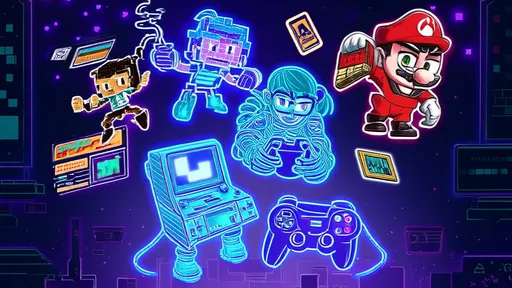
By /Jul 29, 2025

By /Jul 29, 2025

By /Jul 29, 2025

By /Jul 29, 2025

By /Jul 29, 2025

By /Jul 29, 2025
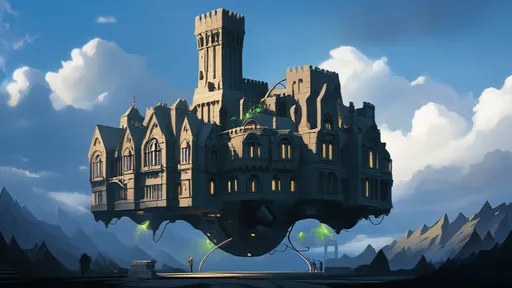
By /Jul 29, 2025

By /Jul 29, 2025

By /Jul 29, 2025

By /Jul 29, 2025

By /Jul 29, 2025

By /Jul 29, 2025
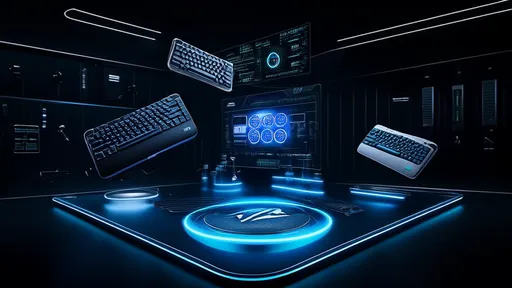
By /Jul 29, 2025
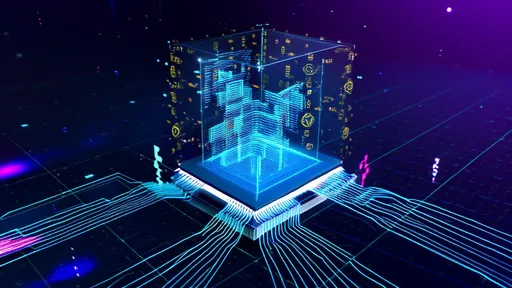
By /Jul 29, 2025
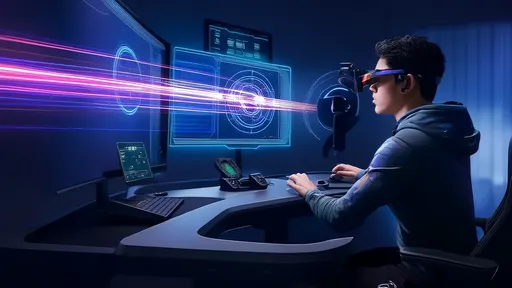
By /Jul 29, 2025
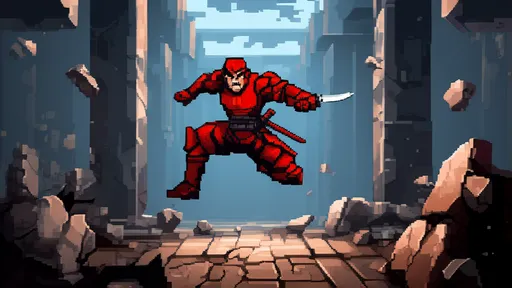
By /Jul 29, 2025

By /Jul 29, 2025